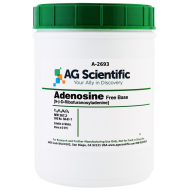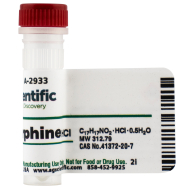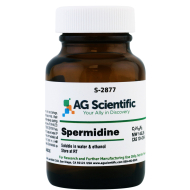For those who are unfamiliar, chemical receptors are transmembrane proteins that make it possible to transfer chemical signals from the outer cellular microenvironment to the inside. These proteins also make it possible for the transfer of chemicals within the cell. Typically facing either the outside of the cell or the cytosolic receptors, chemical receptors are found embedded into the membrane. Furthermore, they may also be found in the cell's nucleus.
Let's take a look at the differences between receptor agonists and antagonists as well as some specific examples of each.
What Are Receptor Agonists?
Simply put, receptor agonists are chemicals that bind to receptors in order to activate the receptor and create a biological response. Agonists are mimetic of the innate molecular bonds and tend to create biological effects that are akin to the natural molecular bonds when bonded to a receptor.What Are Receptor Antagonists?
In contrast, receptor antagonists are chemicals that serve to inhibit receptor activity. Antagonists mimic ionic or molecular bonds that bind to receptors in order to prevent the activation of a given receptor by a natural bond. This can cause a variety of effects. For instance, while a natural agonist binding to a receptor may lead to increased functionality of the cell, a receptor antagonist may lead to decreased functionality within the cell.Additionally, receptor antagonists can be classified in the following ways:
Reversible: These types of antagonists freely disassociate from their receptors.
Irreversible: These types of antagonists form a stable, long-lasting bond with their receptors.
What are Some Examples of Chemical Agonists and Antagonists?
Since chemical agonists are substances that activate specific receptors, one example of a class of well-known agonists would be opioids, which activate opioid receptors within the brain. Some well-known examples of opioid agonists are oxycodone, heroin, methadone, hydrocodone, morphine, and opium.Chemical agonists are also utilized in scientific research, such as the well-known glutamate receptor agonist, L-Quisqualic Acid. Although these substances target various specific receptors, the bottom line is that they serve as agonists to activate the receptors.
On the other hand, since antagonists are known for having an opposite effect, they actually serve as a way of blocking the effect of agonists. By attaching to chemical receptors without activating them, antagonists block the potential effects. Some examples of antagonists are naloxone (Narcan) and naltrexone.
Overall, while receptor agonists can be used to create a certain response or reaction within an organism, antagonists are used for the exact opposite purpose. While we may be familiar with examples of each of these, it is important to note that both agonists and antagonists can potentially be beneficial to the body, depending on the circumstances.
For instance, while agonists can be used to intercept pain and make certain injuries and conditions more bearable, antagonists can be used to reduce dependency on harmful substances that can otherwise wreak long-term habits on our bodies and lives. Moreover, while agonists can cause dependency issues, they can also be life saving with regards to certain types of pain and illnesses.



